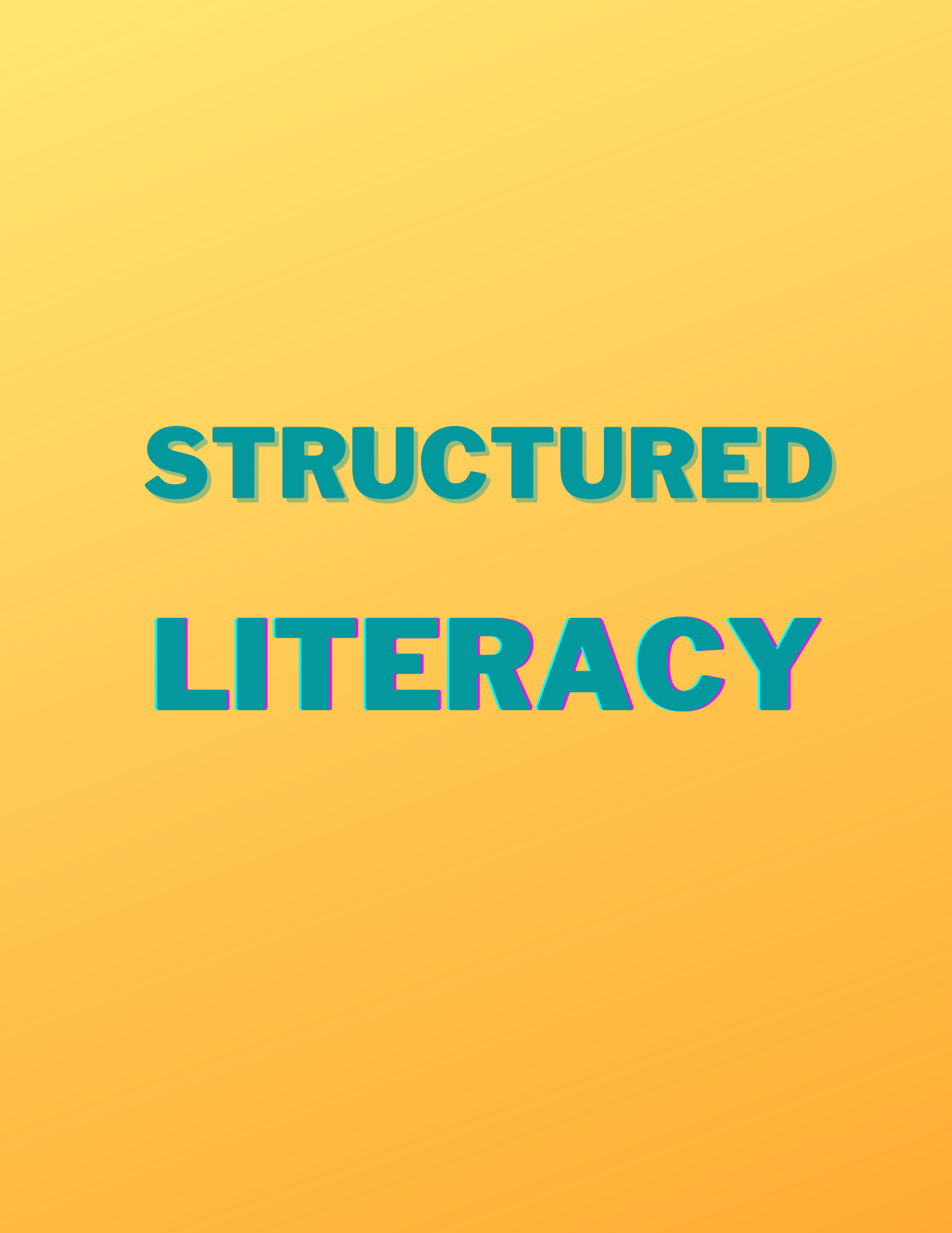You are under the influence
How did (and still does) No Child Left Behind influence educational priorities?
Does a “growth mindset” always work?
Explicit instruction and immediate feedback are just as important as our mindset. Kids may want to do better, but need more direction and strategies that will help them improve.
Four ways writing can help with school safety
Teaching kids to write (or teaching anything!) is much more effective when there is a safe environment.
What does “grade level” writing look like for kindergarten, first, and second grades?
When teaching kids to write in kindergarten, first, and second grades it helps to have an end-of-year goal that we are working towards for every student.
You deserve the full meaning of “explicit instruction”
Descriptions of structured literacy often use the term “explicit instruction”.Here’s what you need to know.
Why “free writing” is important when teaching kids to write at any age
In teaching kids to write, it’s important to give them some opportunities to explore the fun of writing without an assignment. We can have daily structured literacy lessons, and free writing too. It’s not either/or!
Tips for teaching writing to kids with ADD
Teaching writing to kids with ADD can be challenging because writing requires focus and the ability to get started and stay on task, things that the ADD brain resists. Though there’s little research about the science of teaching writing to young kids, these tips are classroom tested, and they work.
What is structured literacy?
The science of reading has popularized the term “structured literacy” as a teaching method. What exactly does that mean in teaching kids to read and write?
Are too many kids needing help during writing time?
In teaching kids to write, we sometimes need to make a task easier for them. Over the long term, structured literacy will give needed skills.
K-1 teachers need to be the smartest and most strategic of all
K-1 teachers have more influence on a child’s academic success than anyone else. It’s crucial that they have an understanding of the science of reading and writing, and support and respect from all.
How I see the “science of writing”
Teaching reading goes hand in hand with teaching kids to write. Both require systematic, explicit instruction. The science of writing has a lot in common with the science of reading.
The Science of Writing must include this brilliant idea
I’m in awe of Zig Engelmann’s legacy as the creator of many educational materials, including Distar Reading, SRA, and Connecting Math Concepts. Here is one of his biggest discoveries that is still overlooked today. It is crucial to know about in teaching kids to read, write, or learn just about anything. (And adults too!)
How to make teaching kids to write (or teaching anything) as engaging as a video game
Wise curriculum designers understand the “flow” theory that video game makers rely on for success. In teaching kids to write, let’s look at what engages them in play.
What a good writing assessment for kindergarten looks like (and what it doesn’t look like!)
A kindergarten teacher sent me something that shocked me this week.
The best use of rubrics for K-2 writing activities
In teaching kids to write, where do rubrics fit in?
Teaching kids to write: skills focus or “authentic writing”?
Does teaching kids to write have to be one or the other? No, but there’s some science of writing involved here.
How to assess first and second grade writing to inform instruction
Good assessment is crucial in teaching kids to write. What kinds of assessments are most useful?
How great writing instruction can inspire empathy, self-awareness, and resilience
How writing can help heal the emotional effects after Covid.
Fix-It-Up Days for Levels K and 1
Re-teaching is just as important as teaching! This will help you get even more out of the Growing Writers curriculum to teach writing well in kindergarten, first and second grades.
How to get compliance: 3 tricks of the teacher trade for homeschooling parents
Covid has many parents homeschooling, even if it’s reluctantly. Here are some ways that great classroom teachers start the year, which can easily be adapted for homeschool.




















